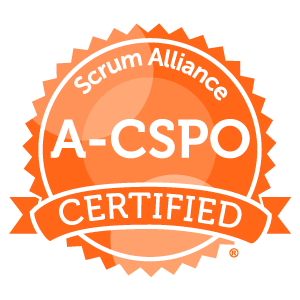 A previous article described how a scrum team could measure the value delivered by completed product backlog items. The approach is based on creating a product hypothesis for each item, describing how the value will be measured. By implementing an item (user story) and then measuring the results, the team is conducting an experiment to validate their beliefs about the value of the item.
A previous article described how a scrum team could measure the value delivered by completed product backlog items. The approach is based on creating a product hypothesis for each item, describing how the value will be measured. By implementing an item (user story) and then measuring the results, the team is conducting an experiment to validate their beliefs about the value of the item.
A minimal viable product (MVP) allows us to implement less than the full feature, and still gather data about how valuable users find it. While an MVP is often used to test an entire product idea, the approach can also be used to test new feature areas of an existing product. An MVP is a simple implementation that allows us to gather real data from our users. Read the full article…



 Validation is when the facilitator acknowledges the validity of a participant’s position. The facilitator is not necessarily endorsing the viewpoint, but simply recognizing that the viewpoint is reasonable and understandable for the participant to hold.
Validation is when the facilitator acknowledges the validity of a participant’s position. The facilitator is not necessarily endorsing the viewpoint, but simply recognizing that the viewpoint is reasonable and understandable for the participant to hold. Our new Advanced Certified Scrum Product Owner (A-CSPO) workshop will help you level up your skills and earn advanced certification. All this on a flexible timeline that works with your busy schedule.
Our new Advanced Certified Scrum Product Owner (A-CSPO) workshop will help you level up your skills and earn advanced certification. All this on a flexible timeline that works with your busy schedule.

 A
A 

 Writing first is a facilitation technique where participants collect their thoughts in writing before having a discussion. This allows more participation from those that need time to gather their thoughts or feel more comfortable expressing themselves in writing. The facilitator will set a time period for silent writing, then participants share their thoughts once the writing time is up.
Writing first is a facilitation technique where participants collect their thoughts in writing before having a discussion. This allows more participation from those that need time to gather their thoughts or feel more comfortable expressing themselves in writing. The facilitator will set a time period for silent writing, then participants share their thoughts once the writing time is up.